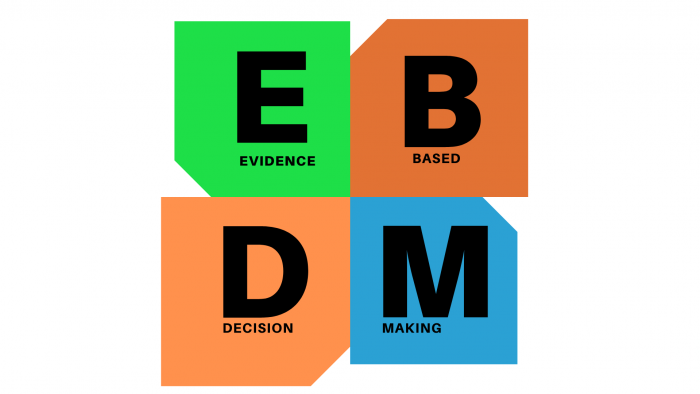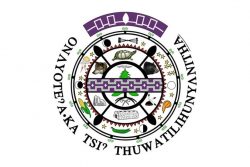What is Evidence-Based Decision Making?
By Haley Perkins

Achieve Brown County’s definition of Evidence-Based Decision Making is collecting, researching, and analyzing community data in order to paint a complete picture of what’s going on with young people and inform and guide collective decision making.
In order for ABC to implement Evidence-Based Decision Making there needs to be conscientious and judicious decisions made considering the following types of available evidence:
Scientific Evidence: findings from published scientific research
Organizational Evidence: data, facts and figures gathered by the organization
Experiential Evidence: professional experience and judgment of practitioners
Stakeholder Evidence: values and concerns of people who might be affected by the decisions
Quantitative Data and Qualitative Data
StriveTogether’s Theory of Action includes Evidence-Based Decision Making, along with Collaborative Action, Shared Community Vision and Investment and Sustainability as categories of work that are necessary for better, more equitable outcomes for kids and families. StriveTogether describes the importance of Evidence-Based Decision Making by saying, “partnerships are most successful when people identify shared outcomes and commit to improving them together. Our approach centralizes the need to align on outcomes and metrics for success, as well as the processes needed to collect and analyze quantitative and qualitative data regularly. Over time, data use becomes more sophisticated and tailored to meet the needs of children and families.”
Published: March 1, 2021
Edited: August 5, 2021



















































